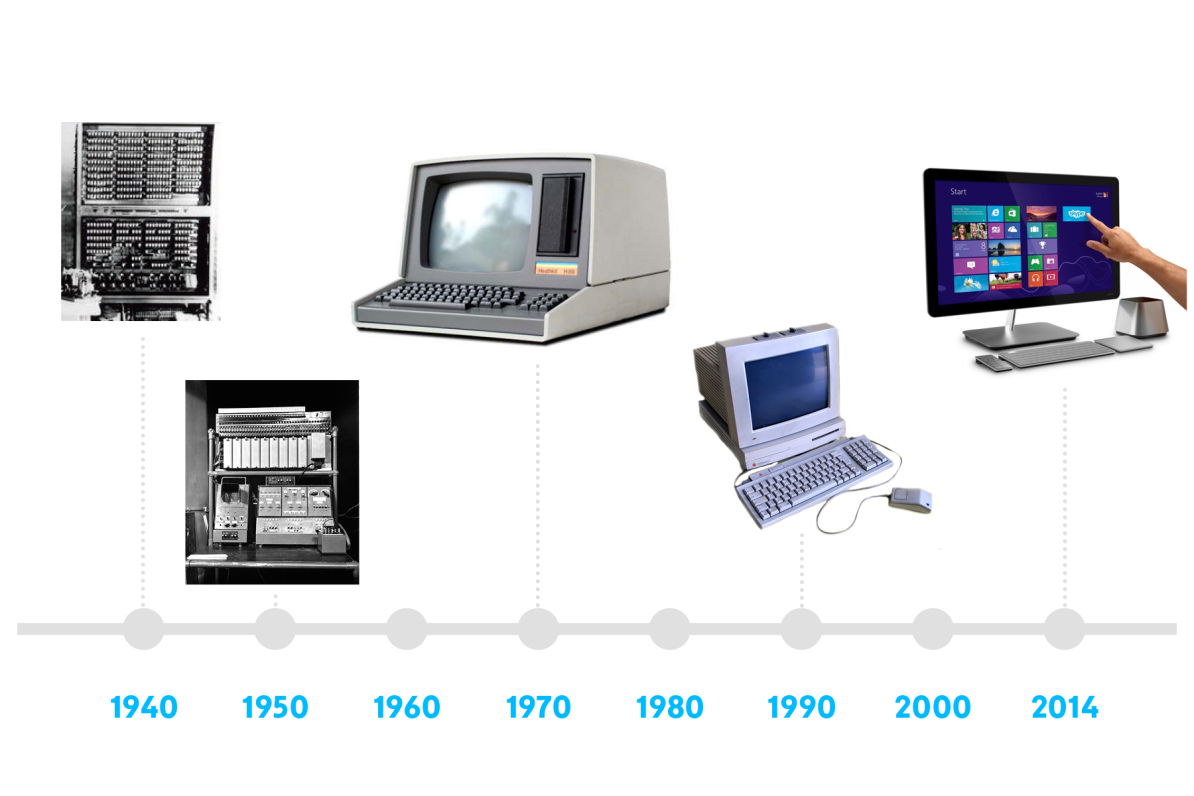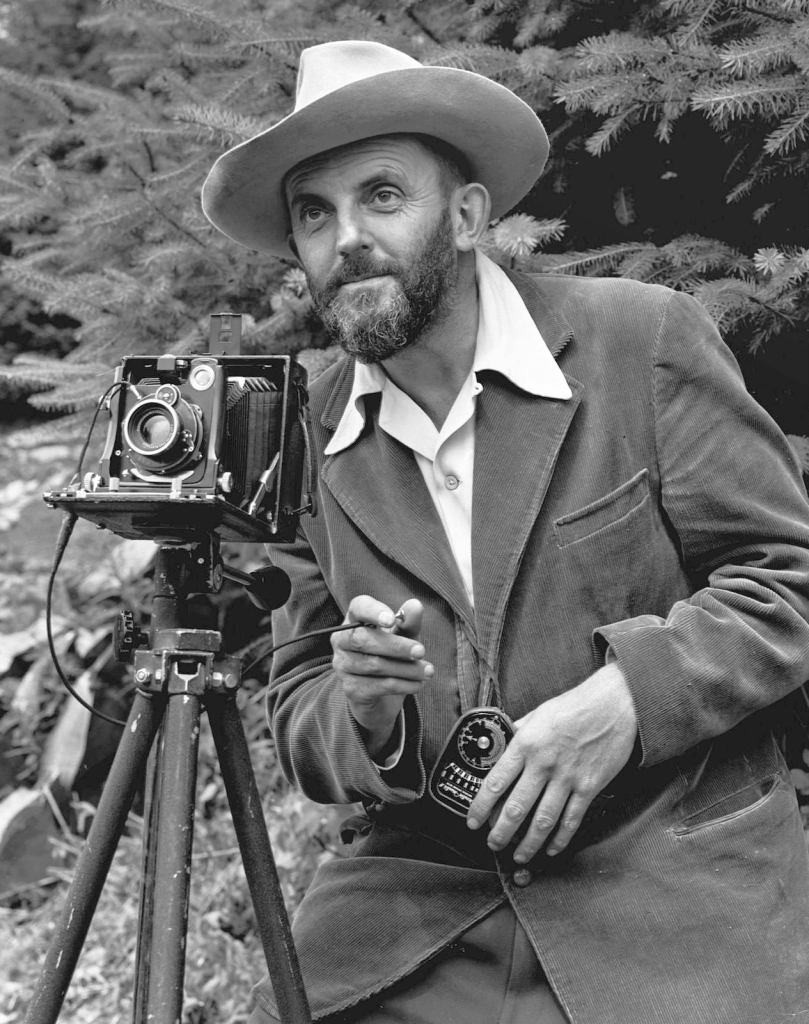This weekend I read an article titled As We May Think, written by Vannevar Bush in 1945. In his article, Bush describes a future that can cram data to microformats, making the storage of huge information seem effortless. One of the things I realized through reading this article was how much we have abused the seemingly infinite attribute of modern technology, and our prime source of mega-data, the internet, has turned into a junkyard.
Technology has come a long way over the past 80 years. Looking at the evolution of technology, it is clear to see that size has played a big role in the advancement of a product. The general rule seems to be that the smaller the device, the more high-tech and advanced it is. While I recognize the value in format optimization, especially when it comes to size, this is very easily abused. Having an endless canvas steers away many considerations for curation, limitation and editing. The logic appears to be:
The smaller the device → The more memory it stores → The more garbage it has
Let’s take photography as an example. As mentioned by Bush in the article, photography used to be a fairly time consuming form of art. The formats were big, the equipment was tremendously expensive, and the process of developing the photography was tedious. Any photographer in 1940 would think one hundred times before clicking on the camera. Is the lighting good? The focus? How about the composition?
Today, when you scroll through the photos on almost any smartphone you are sure to find a series of seemingly similar photos, most of them probably not being all that interesting either.
No need to go into how much space is wasted online. The fancy term for cyber-hoarding is “archive”, but 90% of the time, those files are never accessed. Don’t get me wrong — having a live archive to access data can be extremely resourceful. However, my wish for the future is that we all try to be a bit more thoughtful before we decide to save yet another file on our boundless microscopic devices or on the virtually oceanic source of data.
Black and white photo of photgrapher Ansel Adams, 1947


